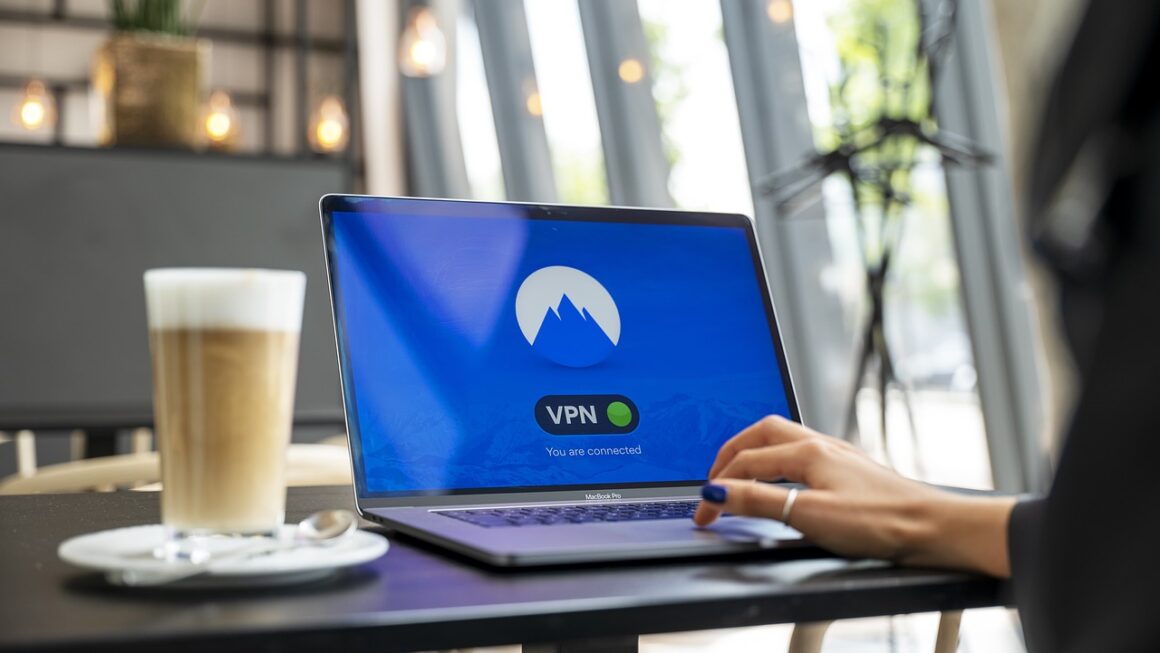Starting a newsletter might seem daunting, but it’s one of the most effective ways to connect directly with your audience, nurture leads, and drive business growth. In a world saturated with social media algorithms and fleeting content, a newsletter offers a direct line to the inboxes of people genuinely interested in what you have to offer. This blog post will guide you through the process of launching a successful newsletter, from defining your goals to building your subscriber list and crafting compelling content.
Define Your Newsletter’s Purpose and Audience
Setting Clear Goals
Before you start writing, clarify why you want a newsletter. What do you hope to achieve? Having defined objectives will help you stay focused and measure your success.
- Examples of Newsletter Goals:
Drive traffic to your website or blog.
Generate leads and nurture prospects.
Increase brand awareness and establish thought leadership.
Promote new products or services.
Build a loyal community around your brand.
- Actionable Takeaway: Write down 3-5 specific, measurable, achievable, relevant, and time-bound (SMART) goals for your newsletter.
Identifying Your Target Audience
Understanding your ideal subscriber is crucial for creating content that resonates. Consider their demographics, interests, pain points, and what they hope to gain from your newsletter.
- Creating an Audience Persona:
Give your ideal subscriber a name and a backstory.
Detail their job title, industry, and level of expertise.
Outline their challenges and aspirations.
Determine where they consume content online (blogs, social media platforms, etc.).
- Example: If you run a fitness blog, your target audience might be “Sarah, a 35-year-old working professional who wants to improve her health and fitness but struggles to find time in her busy schedule.”
- Actionable Takeaway: Develop a detailed audience persona to guide your content creation.
Choosing the Right Newsletter Platform
Exploring Email Marketing Services
Selecting the right email marketing platform is essential for managing your subscribers, sending emails, and tracking your results. Popular options include:
- Mailchimp: A user-friendly platform with a generous free plan. Excellent for beginners.
- ConvertKit: Designed for creators and bloggers, with advanced automation features.
- Substack: A platform specifically for newsletters, with built-in subscription and payment options.
- ActiveCampaign: A robust platform with advanced marketing automation and CRM features.
- Brevo (formerly Sendinblue): A versatile platform with email marketing, SMS marketing, and CRM tools.
Key Features to Consider
When choosing a platform, consider the following factors:
- Pricing: Evaluate the cost based on your subscriber count and sending frequency.
- Ease of Use: Ensure the platform is intuitive and easy to navigate, especially if you’re a beginner.
- Automation: Look for automation features like welcome sequences, automated email campaigns, and subscriber segmentation.
- Email Templates: Choose a platform with a variety of customizable templates.
- Reporting and Analytics: Access detailed reports on open rates, click-through rates, and other key metrics.
- Integration: Verify the platform integrates with your website, CRM, and other marketing tools.
- Actionable Takeaway: Compare the features and pricing of different email marketing platforms to find the best fit for your needs.
Building Your Subscriber List
Offering a Compelling Lead Magnet
A lead magnet is a valuable resource offered in exchange for a subscriber’s email address. It’s a crucial tool for growing your email list.
- Examples of Effective Lead Magnets:
Ebooks or guides.
Checklists or cheat sheets.
Templates or worksheets.
Free courses or webinars.
Exclusive discounts or coupons.
- Key Characteristics of a Good Lead Magnet:
High-value: Provides tangible benefits to your target audience.
Relevant: Aligns with your newsletter’s topic and audience interests.
Easy to consume: Should be quick and easy for subscribers to access and use.
Actionable: Provides practical advice or tools that subscribers can implement immediately.
Promoting Your Newsletter
Make it easy for people to subscribe to your newsletter through various channels:
- Website Signup Form: Place a prominent signup form on your website, preferably above the fold (visible without scrolling).
- Social Media Promotion: Share your newsletter link on your social media profiles and encourage your followers to subscribe.
- Guest Blogging: Include a link to your newsletter signup in your author bio when guest blogging on other websites.
- Content Upgrades: Offer bonus content within your blog posts in exchange for an email address.
- Paid Advertising: Consider using paid advertising platforms like Facebook Ads or Google Ads to drive traffic to your newsletter signup page.
- Actionable Takeaway: Create a high-quality lead magnet and actively promote your newsletter across multiple channels.
Crafting Engaging Newsletter Content
Defining Your Newsletter’s Content Strategy
Develop a content strategy that aligns with your newsletter’s purpose and audience interests. Determine the types of content you’ll include, the frequency of your emails, and the overall tone and style.
- Content Ideas for Newsletters:
Industry news and insights.
Tips and tutorials.
Case studies and success stories.
Behind-the-scenes glimpses into your business.
Exclusive discounts and promotions.
Curated content from other sources.
- Example: A marketing newsletter might include the latest social media trends, tips for improving email marketing campaigns, and case studies of successful marketing strategies.
Writing Compelling Email Copy
Your email copy should be clear, concise, and engaging. Focus on providing value to your subscribers and encouraging them to take action.
- Key Elements of Effective Email Copy:
Compelling subject lines: Use intriguing subject lines that grab attention and entice subscribers to open your email.
Personalization: Use subscribers’ names and other personal information to make your emails feel more relevant.
Clear call to action: Tell subscribers exactly what you want them to do (e.g., “Read more,” “Shop now,” “Download now”).
Mobile-friendly design: Ensure your emails are optimized for mobile devices.
Consistency: Maintain a consistent tone and style across all your emails.
- Example: Instead of “Read our latest blog post,” try “5 Tips to Boost Your Website Traffic This Week.”
- Actionable Takeaway: Write compelling email copy that provides value and encourages subscribers to take action.
Analyzing and Optimizing Your Newsletter
Tracking Key Metrics
Monitor your newsletter’s performance by tracking key metrics such as open rates, click-through rates, unsubscribe rates, and conversion rates. These metrics will help you understand what’s working and what’s not.
- Understanding Email Marketing Metrics:
Open Rate: The percentage of subscribers who opened your email. A good open rate is typically between 15% and 25%.
Click-Through Rate (CTR): The percentage of subscribers who clicked on a link in your email. A good CTR is typically between 2% and 5%.
Unsubscribe Rate: The percentage of subscribers who unsubscribed from your newsletter. A low unsubscribe rate is a sign that your content is relevant and valuable.
Conversion Rate: The percentage of subscribers who completed a desired action, such as making a purchase or filling out a form.
- Benchmarking: Compare your newsletter’s metrics against industry benchmarks to see how you stack up against your competitors.
A/B Testing and Optimization
Experiment with different subject lines, content formats, and calls to action to see what resonates best with your audience.
- Examples of A/B Tests:
Testing different subject lines to see which one generates the highest open rate.
Testing different calls to action to see which one generates the most clicks.
Testing different email layouts to see which one is most engaging.
- Tools for A/B Testing: Most email marketing platforms offer built-in A/B testing tools.
- Actionable Takeaway: Regularly analyze your newsletter’s performance and use A/B testing to optimize your content and improve your results.
Conclusion
Starting a newsletter requires planning, effort, and consistency, but the rewards can be significant. By defining your goals, understanding your audience, choosing the right platform, building your subscriber list, crafting engaging content, and analyzing your results, you can create a successful newsletter that helps you achieve your business objectives. Remember to focus on providing value to your subscribers and building a strong relationship with them. A well-executed newsletter is a powerful tool for connecting with your audience and driving sustainable growth.




